12 Trekking Secrets Every First-Time Trekker Needs to Know Before Hitting the Trails
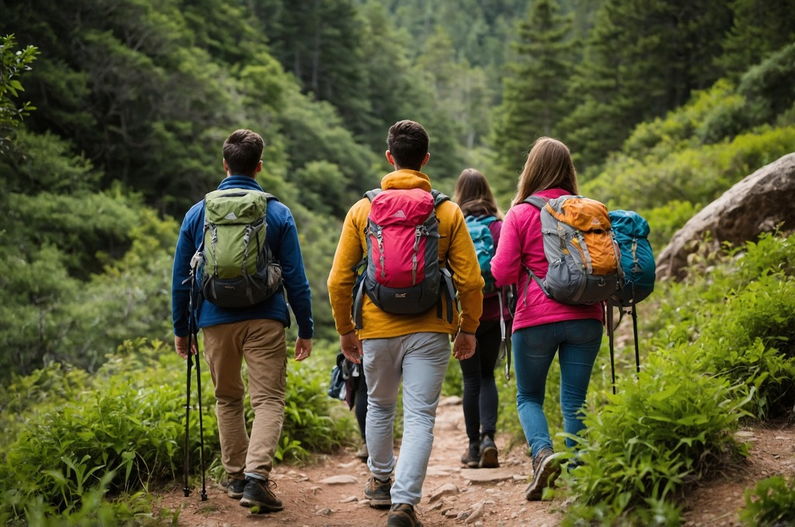
Gear up for adventure with these 10 essential trekking secrets and tips every first-time trekker should know before hitting the trails. Ready, set, hike!
Did you know that over 50% of new trekkers face discomfort or injuries during their first trek due to simple oversights?
This staggering statistic underscores the importance of being well-prepared.
If you’re gearing up for your first trek, you need to know these essential trekking secrets and tips to ensure a smooth and enjoyable experience.

Close-up of young man carrying backpack while standing against urban scenery
1. Avoid Cotton Clothes
Cotton might be your go-to for everyday wear, but it’s a trekking disaster. Cotton absorbs sweat and moisture, leaving you cold and uncomfortable. Instead, opt for synthetic fabrics that wick moisture away and dry quickly. This is perhaps the least-talked about trekking tips for beginners, but this small change can make a big difference in your comfort level and overall trekking experience.
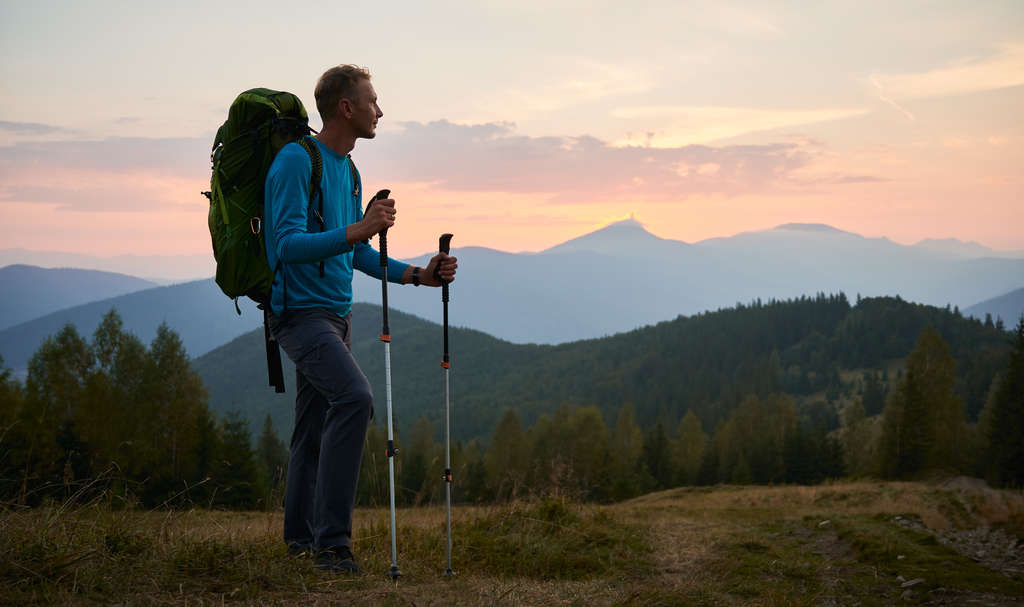
Man traveler against backdrop of mountain hills and pink cloudy evening sky at sunset. Hiker with trekking poles and touristic backpack standing on glade and admiring mountain fairytale landscape.
2. Use Two Trekking Poles
Think of trekking poles as your extra set of legs. Using two poles instead of one enhances balance, speed, and stability, especially on rough terrain. They also reduce the strain on your knees, toes, and ankles. For travel, check them in separately to avoid any damage.

young pretty latin traveler woman against wooden wall
3. Wear a Sun Cap with Flaps
A sun cap with flaps is a game-changer for protecting your neck, face, and head from sunburns. It eliminates the need for sticky sunscreen and keeps you comfortable under the sun. This simple accessory can significantly enhance your trekking comfort.
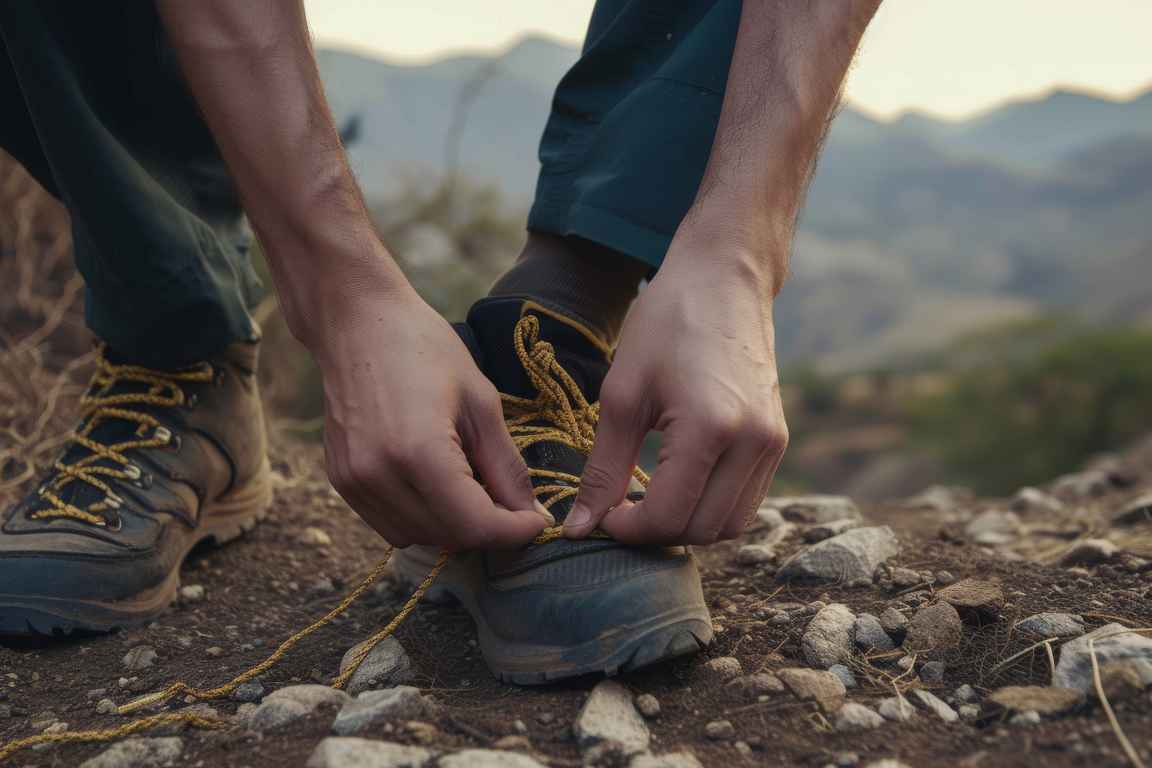
4. Convert Your Shoes into Sandals
An innovative trick to reduce weight and increase comfort is to convert your trekking shoes into sandals. Untie the top three rows of laces and loosely knot them to create slip-ons. This method not only saves space but also provides protection from cold and wet conditions.

5. Prevent Blisters
Blisters can turn a trek from enjoyable to excruciating. To prevent them, ensure your shoes fit well, use quality socks, and keep your feet dry. Apply lubricants like Body Glide to reduce friction, and use blister blocks or athletic tape on pressure points.

Low angle adventurous man bivouacking
6. Find the Right Footwear
Invest in high-quality trekking boots with good ankle support and durable soles. Get fitted by an expert and break in your boots with short walks before your trek to avoid blisters and discomfort. Proper footwear is crucial for a successful trek.

7. Fuel Your Body Well
Your body needs the right fuel to handle trekking demands. Increase your energy intake with small, frequent meals and stay hydrated. A balanced breakfast before long training walks and trail mix or snacks during the trek will keep you energized and prepared.

8. Pace Yourself
Trekking is not a race. It’s about steady progress at a pace that suits you. Don’t feel pressured to keep up with faster walkers. Enjoy the journey at your own comfort level and remember, trekking is as much about the experience as it is about the destination.

A wide shot of a woman walking up a mountain with complete gear on a cold and foggy weather
9. Use Micro-Steps While Climbing Uphill
When tackling uphill climbs, take small steps with a 2-inch gap between your heel and the toe of your back foot. This technique conserves energy and maintains a steady pace, making climbs less tiring and more manageable.

10. Carry a Clothesline and Clips
A clothesline and clips are indispensable for drying wet clothes on a trek. Use a 15-foot line with four clips to hang clothes on branches, trekking poles, or inside your tent. This simple tool helps manage backpack weight by allowing you to wash and dry a few items instead of carrying extras.

11. Mix Up Terrain and Weather Conditions
Prepare for your trek by mimicking the terrain and weather conditions you’ll encounter. Walk on similar surfaces during training, incorporating hills, stairs, grass, and sand. This preparation ensures you’re physically ready for the challenges you’ll face.

Rear view of a male hiker pointing left standing on a rock. Man with backpack pointing to the side standing on a rock in a mountain scene.
12. Consistency and Persistence
To ensure you’re trekking-ready, maintain a regular exercise routine leading up to your trek. Schedule sessions consistently, integrate exercise into your daily routine, and start training early. Preparing your gear in advance and tracking your progress helps avoid last-minute rushes and excuses.
Thorough preparation is key to a successful trek. Embrace these trekking secrets and tips to enhance your first trekking experience. Stay safe, stay comfortable, and enjoy the adventure!




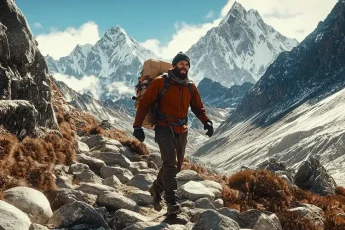
 Welcome to this vibrant corner of the internet “Dreamy Grace!” I'm Partha, the enthusiastic administrator behind this lifestyle blog. Feel free to explore, engage, and share your thoughts—after all, this blog is as much yours as it is mine. Happy reading!
Welcome to this vibrant corner of the internet “Dreamy Grace!” I'm Partha, the enthusiastic administrator behind this lifestyle blog. Feel free to explore, engage, and share your thoughts—after all, this blog is as much yours as it is mine. Happy reading!



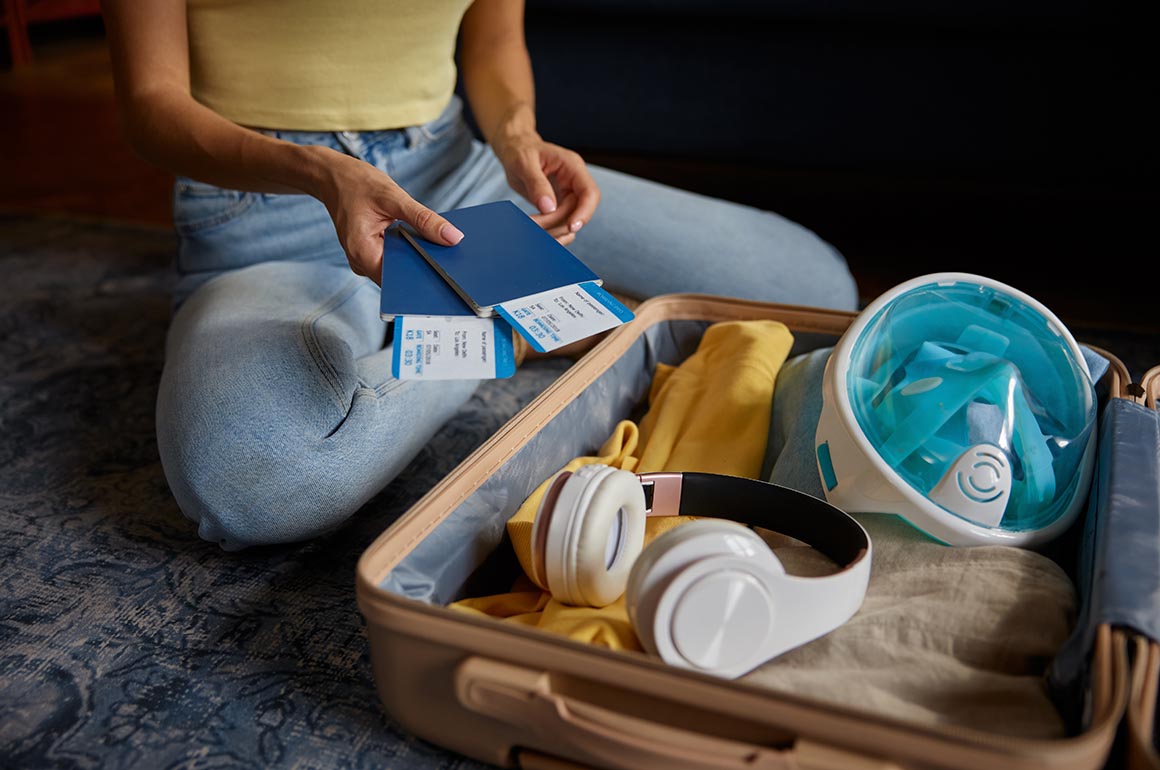





Leave a Comment